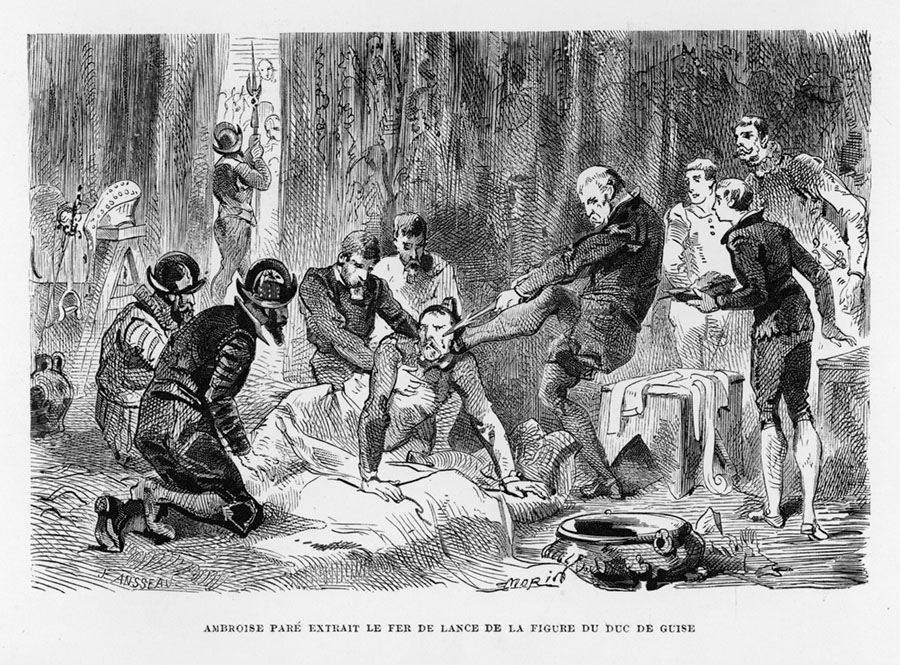
Common Law of the 16th Century
Common Law of the 16th Century Forms the Basis for our Bill of Rights. With Our Constitution Redefined By Activist Judges, It’s Perhaps Time to Examine Alternatives.
American common law of the 16th century is derived exclusively from the British legislative system.
Common law originated in Britain at the beginning of the 12th century after the Magna Carta, as the unwritten law.
The Magna Carta formed the foundation of British law and its constitution.
An unwritten law is a law that exists but isn’t made into a statute or written into legislation as most laws are.
It is a commonly accepted law that applies to a region, state or country. Common law is applied by a judge or an equivalent, who judges the case on what happened and who was affected, taking into consideration previous cases of a similar nature.
In modern law, the states’ Supreme Court ruling on a common law will apply to all similar cases until a law is passed on the subject by Congress.
The basis for American law stems from British common law, and the Magna Carta.
Common law stemmed from the need to settle civil and property disputes.
The British had no central court at that time; there was only the King’s Bench where matters were brought up that affected the kingdom.
The Americans avoided this problem by immediately instituting a Supreme Court, but the British had to rely on local courts that did not follow any uniform standard.
The Origins
The local courts of Britain heard many heated land disputes. They needed to make a ruling where no law was in place.
From these rulings and this era, principles like private property emerged.
Private property became more and more valid through the ages as it became possible to own land through the expansion of rights.
William Pitt, an Englishmen, summarized the private property common law of the period very well:
“The poorest man may, in his cottage, bid defiance to all the forces of the Crown.
“It may be frail; its roof may shake; the wind may blow through it; the storms may enter; the rain may enter; but the King of England cannot enter; all his forces dare not cross the threshold of the ruined tenement.”
Common law of the 16th century effectively laid the basis for our Bill of Rights, as common law evolved into natural law in the United States.
The Magna Carta and Its Legacy
The Magna Carta was a British document drawn up in 1215, which literally meant the Great Charter of Freedom.
It was issued as a result of a dispute between the Barons and the King of England The King had too much power and his subjects had none at all.
The Magna Carta gave certain English people, like the nobleman or servants to the King, rights and civil liberties.
The Magna Carta is similar to the constitution of the United States of America, and was ratified by our founding fathers in 1788.
It laid down the law of the land in written form. The laws of the Magna Carta facilitated the expansion of common law of the 16th century.
The Magna Carta is no longer as valid as it used to be, but the most significant law that survives to this day from that document is the writ of habeas corpus.
Habeas Corpus guarantees a person in custody a day in court. This prevents unlawful detention or abuse from the judicial system.
The Bill of Rights, our Constitution, the Magna Carta and common law all have one thing in common.
They recognize and protect the civil liberties and rights of the common person.
The Magna Carta was written to reduce the power of the king, to keep fairness and equality in balance.
Common law of the 16th century is as relevant today as it was back then, and it continues to protect the rights of the common person.

 My First Amazing Ayahuasca Experience
My First Amazing Ayahuasca Experience  Pine Needle Tea
Pine Needle Tea  The REAL Controllers of Humanity: The Papal Bloodlines
The REAL Controllers of Humanity: The Papal Bloodlines  Is it Global Warming or Cooling?
Is it Global Warming or Cooling?  Gun Rights and Obama Examined
Gun Rights and Obama Examined